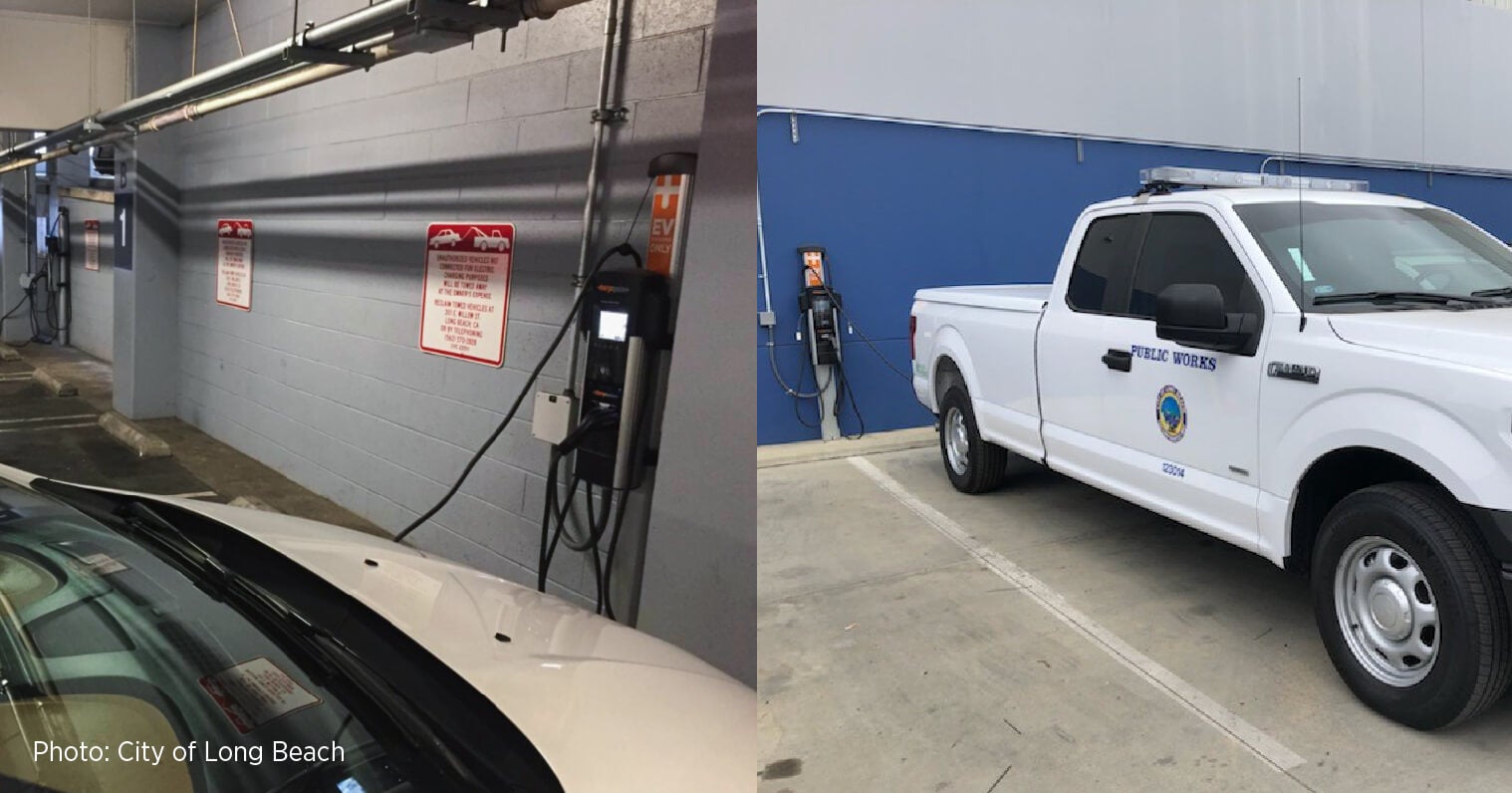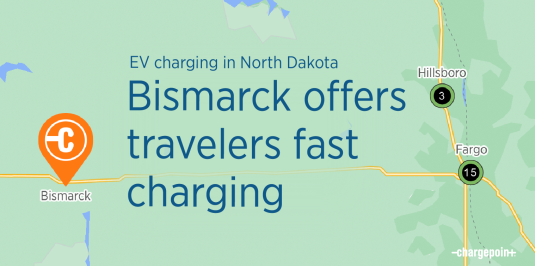
With so many cities and states electrifying their vehicle fleets, we like to check in with fleet leaders across the country as often as possible to find out how their transitions are going. It’s especially important to hear from municipalities that are further along on the path to full electrification. Due to California’s aggressive climate goals—including reducing greenhouse gas (GHG) emissions to 1990 levels by 2030—the state is a good barometer for where the rest of the country is headed.
Recently, my team caught up with John Seevers, Superintendent of Acquisitions in the Fleet Services Bureau for the City of Long Beach. If you’re not familiar with Long Beach, it’s a coastal city and port in Southern California 20 miles south of downtown Los Angeles. With a population of over 467,000, Long Beach is the seventh largest city in California and among the top 50 largest cities nationwide.
Seevers’ division provides vehicle acquisition, outfitting and disposal for nearly all of the city’s departments, including fire, police, refuse, airport, public service, parks and street sweeping, It’s his job to control costs and to make sure Long Beach’s EVs are charged and ready to go when drivers need them. As he puts it, he makes sure his fleet has “safe, reliable cost-effective equipment and vehicles to accomplish their operational goals and purpose.” That makes him the ideal spokesperson to help guide other city leaders as they make their own e-mobility decisions.

| Organization and Location | City of Long Beach, California |
| Size | 467,35 residents (2018) |
| Industry | Cities and Towns |
| Website | longbeach.gov |
| Solution | ChargePoint’s fleet motor pool solution: dashboard with real-time charging status, sustainability, utilization and financial reporting, on route charging with fuel card, ChargePoint Assure support level |
"The biggest challenge we have today is light and medium-duty vehicle availability. The technology is coming. We know that the next round will be electric, so we’re waiting on certain applications for light and medium trucks.” – John Seevers, Superintendent of Acquisitions in the Fleet Services Bureau, City of Long Beach, California
What does your current fleet portfolio look like?
Currently, we have about 2,200 pieces of equipment that run on gas, diesel, propane, compressed natural gas (CNG), liquified gas, hybrid and, of course, electric. We also have some converted plug-in hybrid pickups that are basically used for the Refuse and Street Sweeping Division. We're going to transition Parking Control, Parking Enforcement and Code Enforcement fleets to electric or, at a very minimum, plug-in hybrid soon. We also have our motor pool vehicles, some of them stationed here and, again, they'll be all electric or plug-in hybrid. Today, we have 136 places to charge up our electric vehicles across the city, including a new installation at the Policy Academy, which added 13 places to charge.
What prompted the transition towards a green fleet?
Our primary focus when we replace vehicles is to either move to compressed natural gas vehicles or transition to electric. Electric is currently the best available technology. We’re always looking for the best technology available on anything we replace. We've done that for the 25 years I have worked for the city.
What are your biggest challenges when talking to your stakeholders about electrification?
A few years ago, it was range anxiety, but we’re way past that now. It's not an issue anymore. I think it’s because we put in a lot of time with ride and drive events and educational vendor presentations, which went a long way. Also, we really tried to break down things to a level of daily utilization for our stakeholders: If you take a 50 square mile city—how they utilize their fleet vehicles, what kind of duty cycle they have—it was easier to get them on board. They still have anxiety about power outages but, other than that, we’re fine there.
The biggest challenge we have today is light and medium-duty vehicle availability. I could replace so many vehicles with electric if they were available now, like an SUV or pickup truck. We have a lot of vehicles on hold right now while we wait for that technology. For example, we're running hybrid SUVs right now that need to be replaced and we want to improve on that and go to all electric. So, we're kind of in a holding pattern right now. At the very minimum, we're going to get plug-in hybrid which is now available. One of my biggest challenges is the pickup market. We're not going to buy gasoline, so we're holding on those vehicles.

Every fleet is different and EV charging has to work the way you work. How do you evaluate the best technology?
It depends. We attend all of the different conferences and we have all those subscriptions to everything that has anything to do with alternative fuel vehicles. We do a lot of different ride and drive type of events. It's just constant research. We created a new position in my division three years ago and that person is basically a green fleet analyst. That person is responsible for doing life cycle cost analysis, researching green vehicles and researching grants.
We’ve recently transitioned to ChargePoint for our electric fleet fueling. With all projects, we review available options, technology and pricing to make an informed decision that best meets the City’s current needs. As soon as we’re able to get more electric vehicles into the fleet, we’re looking forward to diving in deeper into the utilization data from the ChargePoint reporting features.
“The ChargePoint chargers have been great. Everyone here is happy with them. I have no complaints.” – John Seevers, Superintendent of Acquisitions in the Fleet Services Bureau, City of Long Beach, California
What are you looking forward to most?
The technology that is coming. We know that the next round will be electric, so we’re waiting on certain applications for light, medium and heavy trucks. What is available today does not work for us, especially in the refuse market. So, it’s just timing right now. We also just completed project with the Policy Academy with 13 places to charge there and we have a whole list of areas to continue to build on like our Parks and Rec department, our Gas Department, the Airport and our city hall area. These are very large projects that we are eager to get started on.
Ready to find out more?
No matter their type or function, fleet vehicles must be predictable, reliable and ready to go when they’re needed. As fleets plan to add large numbers of electric vehicles (EVs) to their operational mix, the old formulas they used to count on to ensure reliability often don’t work anymore.
Download the whitepaper to find out how to plan for fleet electrification.




